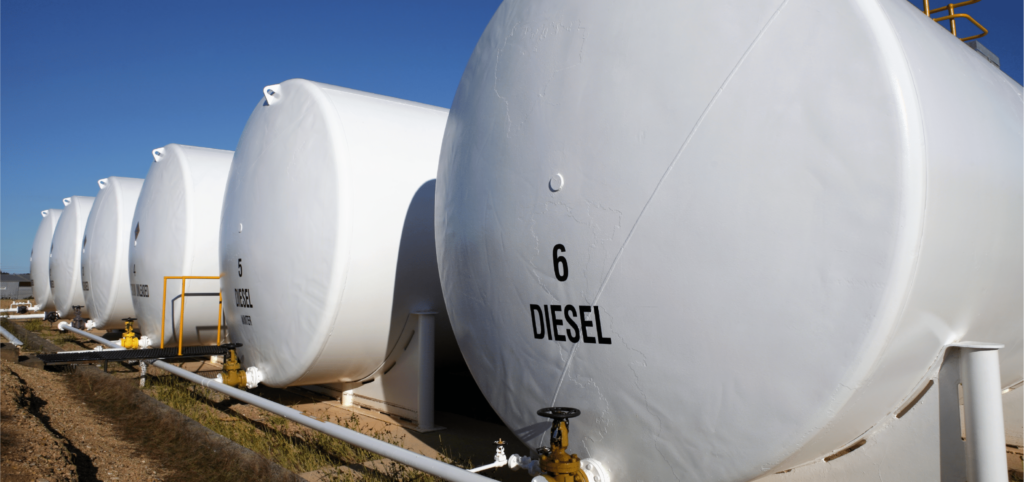When it comes to fuel level measurements, several potential application challenges can compromise a sensor’s accuracy. Most fuels can be measured effectively if you choose your sensor wisely. APG offers several solutions for these problems, such as submersible pressure transducers, radar level sensors, continuous float level transmitters, and ultrasonic level sensors.
Here’s a list of five application challenges that can de-rail your fuel level measurement if you let them:
![]()
1. Vapor
Vapor is a by-product of almost all fuels. It can cause two primary problems:
- Disruption of Ultrasonic and Radar Sensors: Thick enough vapor layers can disrupt an ultrasonic level sensor and a radar level sensor. The sound waves from the sensor will echo off the thick layers, causing a false sensor reading. Light vapor, especially if vented well, doesn’t cause this phenomenon.
- Pressure Build-Up: Poorly vented vapor can cause pressure to build up. If the pressure builds too much, then it can overwhelm a sensor’s mounting threads and push the sensor out of its mount. Sensors with plastic threads and housings on sealed (unvented) tanks are usually at risk for this.
As the pressure above the liquid adds to the pressure of the liquid itself, it eliminates pressure sensors as a viable means of calculating a fuel level measurement. We recommend a radar level sensor or selecting a continuous float level transmitter for this application.
2. Tank Vents
To avoid an over-pressure situation, most fuel tanks are vented. But this doesn’t end concerns about tank pressure, depending on the type of vent.
If the vent is open, meaning it has no valve, then pressure isn’t a concern. However, many vents have a pressure valve in them. They release only after several psi developed inside the tank. This is enough to ruin the accuracy of a submersible pressure transducer, as only a few psi equals several feet of fuel. Several sensors work well here, like radar level sensors, float switches, and continuous float level transmitters.
3. Variable Density
Density, or specific gravity, determines how much volume will fill a tank. Density of a liquid can vary greatly with temperature swings.
The problem with variable density isn’t that the level changes, but that level relative to pressure changes. This is another complication for pressure sensors. While submersible pressure transducers are often recommended for fuel level measurements, radar level sensors and continuous float level transmitters may be better options in this situation.
4. Hazardous Locations
Fuel creates a hazardous location. While there are plenty of hazardous approved sensors out there, caution is necessary. Sensor wiring must be done correctly, and the sensor must have the appropriate certifications. APG offers a line of Intrinsically Safe and Explosion Proof sensors that can be safely placed in such hazardous environments, including pressure transducers and continuous float level transmitters.
5. Chemical Compatibility
Finally, all sensors must pass an application specific compatibility test. Fuels can be corrosive for many materials, including 316L stainless steel. Vaporous fuel can even cause corrosion on non-contacts sensors such as an ultrasonic sensor. For this reason, we’ve recently developed an alternative to steel with our PT-503 submersible pressure transducer crafted out of PVDF.
Choosing The Right Sensor
Application success is all about putting the application first and resisting the urge to grab your favorite level sensor and install it. We often recommend submersible pressure transducers, continuous float level transmitters, or ultrasonic sensors, depending on the specific application challenges listed above.
If you would like assistance in identifying your application challenges and the appropriate sensors, we’re here to help. Call, chat, or email to speak with one of our friendly application engineers who will help you ask the right questions.
WRITTEN BY

Sami T.
Sami Thompson is APG’s Marketing Technical Writer and has been with the company since 2022. With a master’s degree in English from Utah State University and a 40-page thesis publication under her belt, Sami has a demonstrated strong writing background. In her free time, Sami enjoys reading and birdwatching.


